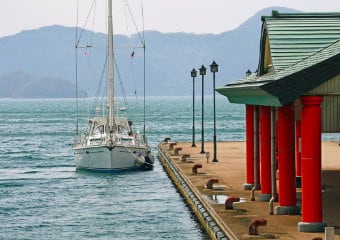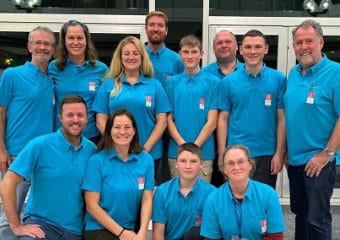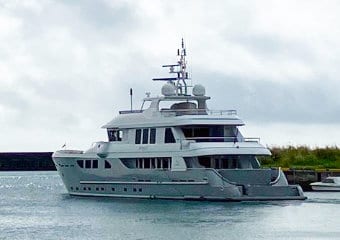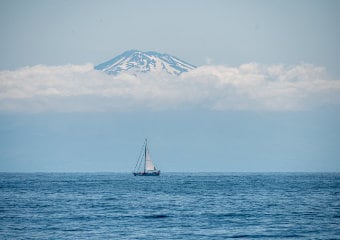As I write this from my home in Fukuoka, a typhoon is passing to the west, heading toward North Korea. Maybe that will put a damper on Supreme Leader Kim's missile-launching plans for a few days!
Another typhoon is forecast to hit central Honshu in a few days – somewhere between Nagoya and Tokyo seems most likely, but one forecast iteration shows it going to western Kyushu.
And just to confuse things a bit more, one weather forecast app shows a small typhoon going up the west coast of Kyushu (after the first one and before the next one mentioned above). But it doesn't yet show up in any other app or forecast.
All of which highlights the importance of checking weather forecasts on a daily basis…and several times a day when a typhoon has been declared.
What's the Best Tool?
In addition to providing excellent daily local weather forecasts, GPV is the best source of long-range typhoon forecasts – it gives forecasts 11 days out. Although it has a typhoon-forecast function, I find that the wind forecasts are more useful. GPV is only in Japanese, but a Japanese friend can probably help you master the basics…and Konpira Consulting provides a tutorial on how to use it.
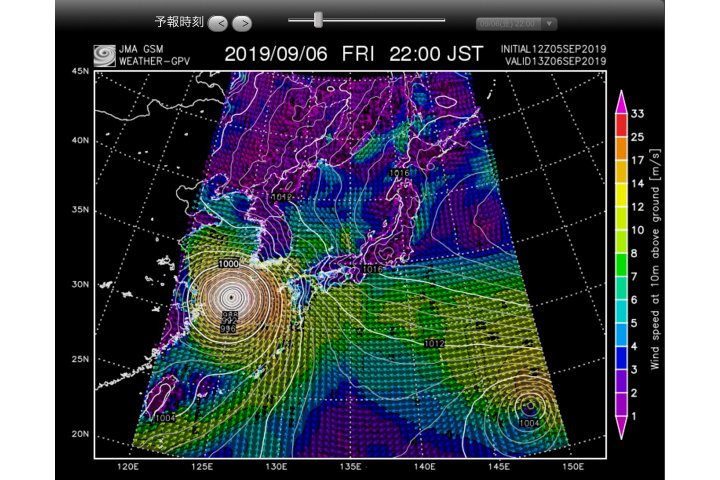
Windy.com provides forecasts nine days out. In my experience, it is not as accurate as GPV. In particular, its model often generates typhoons and low-pressure systems that do not actually materialize. But if a typhoon appears on the long-range forecasts of both GPV and Windy, you can be pretty certain that it will develop.
Comparing the long-range forecast tracks, GPV tends to be more accurate than Windy. I once won a bottle of champagne by betting on GPV’s typhoon-track accuracy!
The forecasts of both GPV and Windy.com, though, are based solely on their own computer models, with no human involvement. Once a typhoon is officially declared, therefore, one should focus mainly on the forecasts issued by meteorological agencies because they integrate multiple computer models and are tweaked by professional meteorologists.
Who's First to Declare?
In most cases, a typhoon is officially declared about 5-7 days before reaching mainland Japan, which is normally enough time to find a safe place to sit it out.
For the NW Pacific, the U.S. Navy's Joint Typhoon Warning Center (JTWC) is usually the first to declare the development of a typhoon. Their forecasts are, in my experience, the most accurate, and their "Prognostic Reasoning" explanations of the logic underlying each forecast are very enlightening.
The forecasts issued by the Japan Meteorological Agency (JMA) used to lag, and be less accurate than, the JTWC forecasts. But JMA recently upgraded its typhoon-forecast model and so now their forecasts are much better.
Of course, most countries in the region issue their own forecasts, and you can see all of them in one place at Typhoon2000.ph.
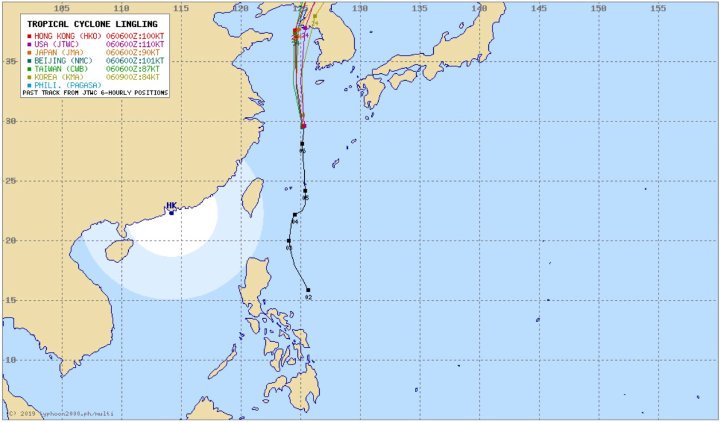
Last Dose of Typhoon Confusion
Finally, to give you one last dose of typhoon confusion, officially declared typhoons are given names, drawing from an annual list prepared by the World Meteorological Agency. But JMA does not use the names, preferring instead to give them numbers…and it only gives numbers to typhoons that threaten Japan, not those that stay far away. JTWC uses both names and numbers, but its numbers are different from the JMA numbers because they are given to typhoons in the entire region and because JTWC may declare (and so name/number) a typhoon earlier or later than JMA. So the typhoon currently making a courtesy call on Supreme Leader Kim is named Lingling...#15 according to JTWC but #13 according to JMA. The typhoon heading toward Honshu (Faxai) is JTWC's #14 but JMA's #15. So, in other words, we currently have two #15 typhoons, but they are different typhoons. Got that?
Still Confused?
Feel free to send me an email at kirk@konpira-consulting.com if you want further clarification or confusion about typhoons.

